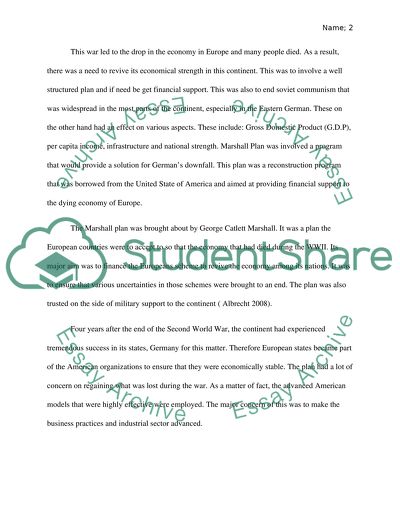Cite this document
(“Study of East vs Western Germany following WWII, Specifically, the Essay”, n.d.)
Retrieved from https://studentshare.org/macro-microeconomics/1470107-study-of-east-vs-western-germany-following-wwii
Retrieved from https://studentshare.org/macro-microeconomics/1470107-study-of-east-vs-western-germany-following-wwii
(Study of East Vs Western Germany Following WWII, Specifically, the Essay)
https://studentshare.org/macro-microeconomics/1470107-study-of-east-vs-western-germany-following-wwii.
https://studentshare.org/macro-microeconomics/1470107-study-of-east-vs-western-germany-following-wwii.
“Study of East Vs Western Germany Following WWII, Specifically, the Essay”, n.d. https://studentshare.org/macro-microeconomics/1470107-study-of-east-vs-western-germany-following-wwii.


